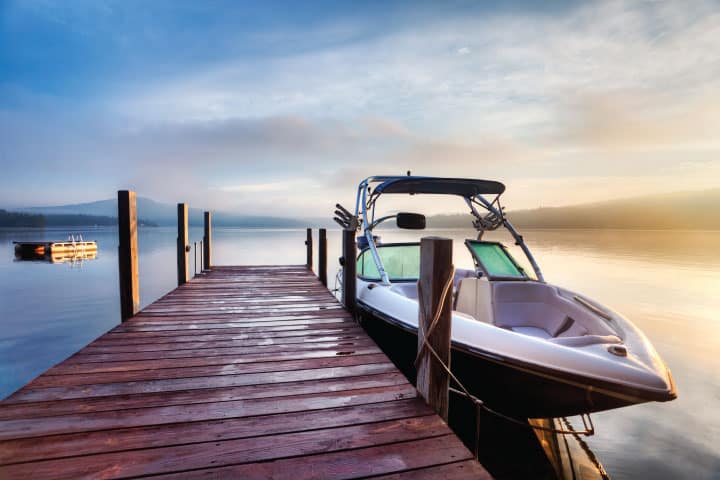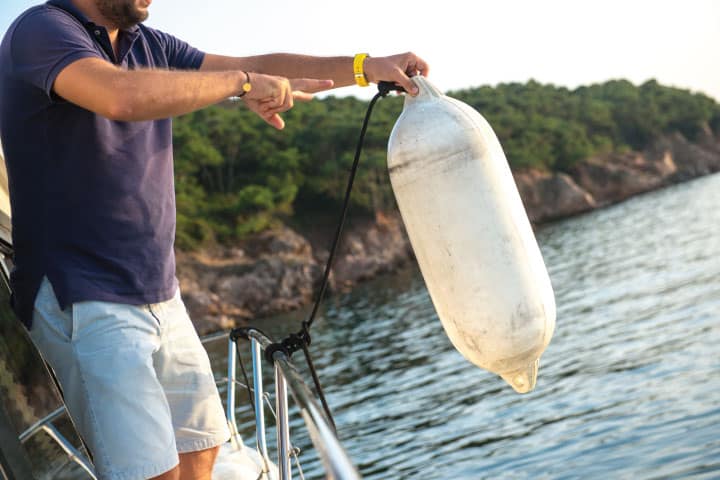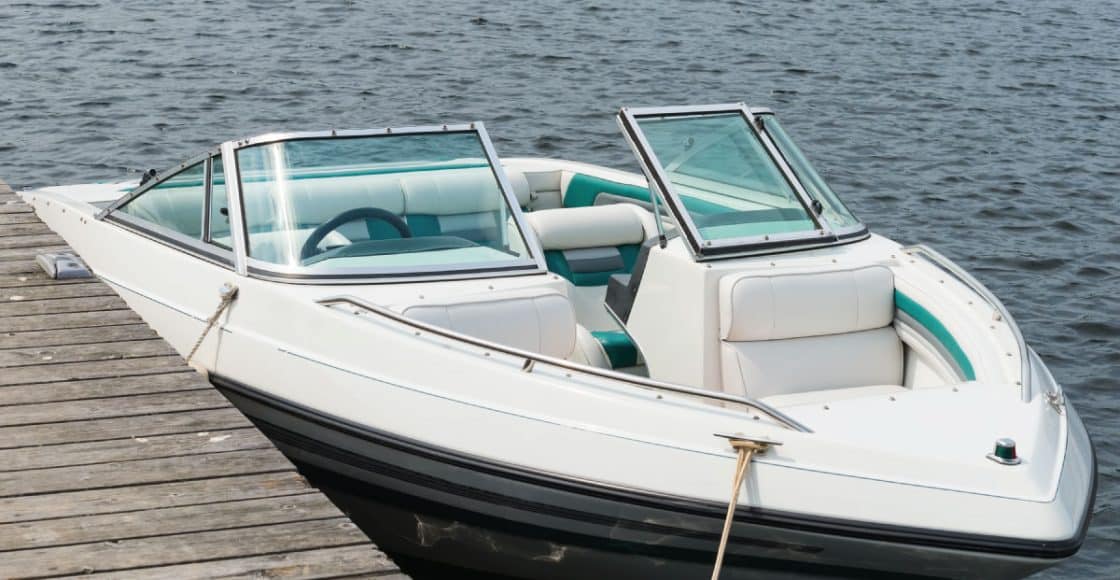Docking a Boat: 5 Easy Steps for Beginners
Last Updated on August 15, 2023 by Boatsetter Team
Learning how to dock a boat with style and confidence requires a little experience and familiarity with how your boat handles. Docking a boat by yourself or with a crew aboard becomes easier once you learn how to judge wind and currents. In this post, we’ll teach you how to dock a boat in five easy steps so that the next time you’re out on a Boatsetter rental, you can take the helm with more confidence.
- Make a plan
- Prepare the boat
- Docking with wind or current
- Approach the dock slowly
- Swing the wheel
Rent, Charter, Share— Only at Boatsetter

1. Make a plan
If you are unfamiliar with the dock, make a reconnaissance pass to determine how you’ll approach it. Things to consider as you prepare to dock the boat:
- The side of the boat you’ll be docking on.
- The location of cleats for tying up to the dock.
- The dock height so you can have your fenders adjusted to best protect the boat.
A fuel dock or the dock at a marina or restaurant may have an attendant who will tell you where they’d like you to tie up and will help you handle your dock lines.
2. Prepare the boat
Before you begin approaching a dock or slip, attach dock lines to a bow and stern cleat on the side of the boat that will be near the dock. Also, hang your fenders (bumpers) on that side of the boat. Now when you reach the dock, you’ll be ready to tie up.

3. Docking with wind or current
Take a moment to check for wind and current that could affect how your boat will handle as you approach the dock. Flags on shore can give you a good idea of wind direction. If there’s an offshore wind, you’ll want to approach the dock at a sharper angle for best boat control, perhaps at 45 to 50 degrees. If the wind is blowing onshore, approach at a more shallow angle – 30 degrees or less – and plan to let the wind push you towards the dock.
Current can be observed by looking at dock pilings or markers– if there’s a significant current, you’ll be able to see the water flowing around the pilings or markers. Anticipate how current will move the boat as you approach the dock, and aim up-current so that you end up on target.
If you have the option, you’ll have better boat control approaching the dock into the current or wind.
READ MORE: Dock and Dine Basics: 7 Tips for Success
4. Approach the dock slowly
With wind and current in mind, begin your approach to the dock with just enough speed so that you maintain control. Take it slow; bumping the engine in and out of gear is okay. You’ll have more time to react and make decisions.

5. Swing the wheel
When the bow is about one boat length away from the dock, turn the steering wheel hard away from the dock. This will cause the stern to pivot towards the dock, closing up your angle of approach.
A smaller boat will react more quickly to this steering input than a bigger boat – after docking a few times, you’ll learn how your boat behaves and be prepared to time your move perfectly.
As the boat becomes parallel to the dock, turn the wheel hard in the other direction and shift into reverse. This will arrest the boat’s speed and pivot. If you have that on-shore wind, let the breeze drift the boat right up to the dock.
When the wind is off-shore, be ready to get a line on a dock cleat (or toss a line to the attendant) before the boat drifts off the dock.
If you find yourself out of control or position, aborting the approach is always okay. Idle away from the dock and try again. On your second approach, you may have a better idea of how wind or current is moving the boat or your ideal angle of approach and speed. Practice makes perfect! You’ll get the hang of it.
Learn how to boat with Boatsetter Academy
One sure way to get the hang of docking, among other skills, is by joining Boatsetter Academy at any one of its 16 locations. Through this 2-hour, hands-on boating course, beginners like you will build confidence and become familiar with the basics of boating. And the best part: courses are completely free!
About us
Boatsetter is a unique boat-sharing platform that gives everyone— whether you own a boat or you’re just renting — the chance to experience life on the water. You can list a boat, book a boat, or make money as a captain.
List. Rent. Earn— Only at Boatsetter

Charles Plueddeman is a self-employed writer and photographer based in Wisconsin. A staff editor and contributor to Boating Magazine since 1986, he is the author of its “Off My Dock” column. In the marine realm he specializes in engine technology and trailerable boats. His editorial work has appeared in many national publications, including Popular Mechanics, Men’s Journal, Playboy, Popular Science, Cycle World, and Harley-Davidson Enthuisast.










